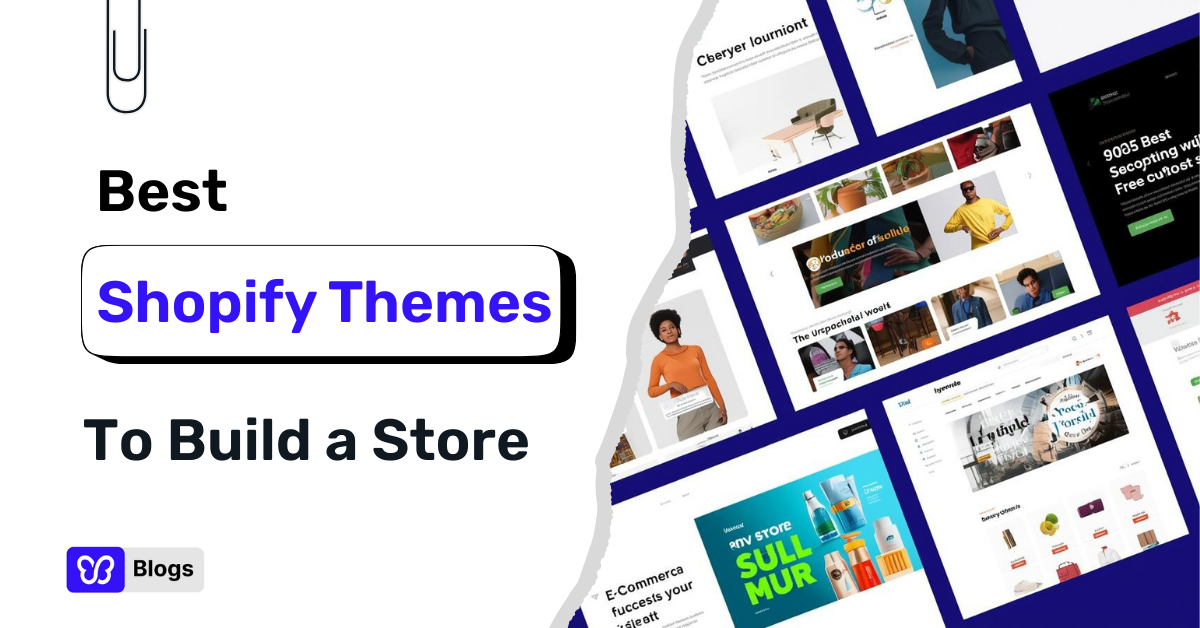Metaverse retail refers to the integration of virtual reality (VR), augmented reality (AR), and other immersive technologies into the retail experience. It aims to create a virtual environment where users can shop, interact with products, and engage with brands in a digital space that replicates the physical world or offers entirely new possibilities.
Metaverse retail offers a unique and personalized shopping experience, blurring the lines between the physical and digital realms. It allows consumers to explore virtual stores, see virtual spaces, try on virtual clothing, test products virtually, and interact with virtual sales assistants.
Historical background and evolution of virtual reality technology
Virtual reality technology has a rich history that dates back several decades. The concept of virtual reality emerged in the 1960s, but it wasn't until the 1980s and 1990s that significant advancements were made. In the early days, VR technology was primarily used for military and scientific purposes.
The 1990s saw the introduction of consumer-oriented VR devices, such as the Virtuality arcade machines and the Nintendo Virtual Boy. However, these early attempts at VR were limited in terms of graphics, immersion, and affordability, which hindered their widespread adoption.
In recent years, there has been a resurgence of interest in VR technology, driven by advancements in hardware and software. Companies like Oculus (acquired by Facebook), HTC, and Sony have released consumer VR headsets that offer high-quality visuals, improved tracking, and more immersive experiences. These advancements have paved the way for the integration of VR into various industries, including retail.
Examples of successful metaverse retail platforms and experiences
1. Fortnite: Although primarily known as a popular online game, Fortnite has also become a metaverse retail platform. It has collaborated with various brands, such as Nike and Marvel, to offer limited-time virtual events and exclusive in-game items for purchase. These collaborations have allowed brands to reach a massive audience and engage with consumers uniquely and interactively.
2. Decentraland: Decentraland is a blockchain-based virtual world where users can buy, sell, and trade virtual land and assets. It offers a decentralized platform for metaverse retail, where users can create and monetize their virtual experiences. For example, brands like Atari and Binance have established a presence in Decentraland, hosting virtual events and selling virtual goods.
3. Shopify AR: Shopify, a popular e-commerce platform, has integrated augmented reality into its services. Merchants can leverage Shopify AR to create 3D models of their products, allowing customers to visualize and interact with them in their real-world environments using their smartphones. This enhances the online shopping experience and helps customers make more informed purchasing decisions.
4. Alibaba's Buy+ VR: Alibaba, a leading e-commerce company in China, developed Buy+ VR, a virtual shopping experience that allows users to browse and purchase products in a virtual or augmented reality mall. Users can explore different stores, view product details, and make transactions, all within a virtual environment. Alibaba has also experimented with other virtual worlds for fashion shows and virtual reality shopping festivals.
These examples demonstrate the potential of metaverse retail to transform the way we shop and engage with brands. As technology continues to advance, we can expect to see more innovative and immersive metaverse retail experiences in the future.






